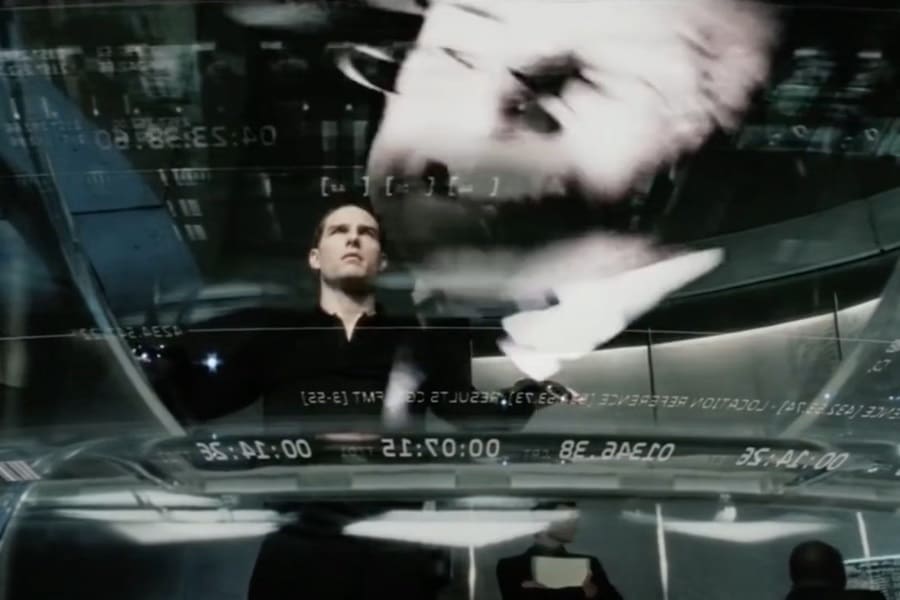
Sci-Fi Crime
The convergence of crime fiction and science fiction is a narrative alchemy that creates a realm where the enforcement of law intersects with the boundless possibilities of futuristic worlds. This fusion genre explores not just the who and the how of crime, but also delves into the profound implications of technology and societal evolution on the nature of legality and morality.
In Altered Carbon by Richard K. Morgan, this blend is exemplified through a narrative set in a future where consciousness can be transferred between bodies. The novel combines a classic murder mystery with high-concept sci-fi, delving into themes of identity, mortality, and the nature of the soul. The detective protagonist navigates a world where the traditional rules of crime and punishment are upended by technological advancements.
Neal Stephenson’s Snow Crash presents a cyberpunk world where the lines between reality and virtual space blur. The protagonist, a hacker and pizza delivery driver, uncovers a digital conspiracy with real-world implications. The novel masterfully intertwines crime fiction tropes with speculative technology, creating a thrilling narrative that questions the very nature of society and law in a digital age.
In The Prefect by Alastair Reynolds, the genre fusion is set against the backdrop of a utopian space habitat. The story follows a law enforcement officer dealing with crimes that challenge the habitat’s ideals. The novel not only offers a gripping crime story but also probes the ethical dilemmas posed by advanced technologies and artificial intelligences.
The cinematic adaptation of Philip K. Dick’s Minority Report showcases how this genre fusion translates to the screen. The film explores a future where crimes are prevented before they happen, thanks to psychic technology. The narrative weaves a complex web of moral and ethical questions, presenting a crime story deeply entwined with science fiction elements.
Another aspect of this fusion is the exploration of how law enforcement adapts to advanced societies. In Lock In by John Scalzi, a virus has left many ‘locked in’ to their own minds, leading to new forms of communication and interaction. The novel presents a crime story that navigates this altered landscape, where the very concept of human interaction and culpability is redefined.
In these narratives, the sci-fi setting allows authors to amplify traditional crime fiction themes. Issues of surveillance, privacy, and autonomy take on new dimensions in futuristic settings. The Caves of Steel by Isaac Asimov melds a detective story with a futuristic society where Earth’s overpopulation leads to vast urban centers and a tense relationship with robotic beings. The novel uses the crime fiction framework to explore societal and technological challenges that resonate with contemporary concerns.
The thin line between crime fiction and sci-fi in these works serves a dual purpose. It not only provides an enthralling narrative experience but also acts as a lens through which we can examine current and future societal issues. This fusion genre encourages readers to ponder the evolving nature of crime, justice, and ethics in a world where technological advancements constantly redefine the boundaries of possibility.
In essence, when crime fiction meets sci-fi, it not only entertains but also invites introspection and speculation about the future of law, society, and technology. It’s a literary journey that not only satisfies the craving for a gripping whodunit but also fuels the imagination about the shape of things to come.
More Sci-fi Thriller Features
Time Travel Elements
The Machine, Busting the Space-Time Continuum, and Immortality
Space Opera Thrillers
Nail-biting tension in worlds of spaceships and doom
Artificial Intelligence in Thrillers
AI and Identity in Thrillers



